Fake News And Misinformation: Start Here
Thanks
With thanks to Sharon Fox at St. Louis Community College
About Fake News
Fake news has become a heavily politicized term, however the common-sense definition still applies: “any news that contains intentionally misleading information.” When you see a “news” story, you need to dig a lot deeper than the headline or the text of the article to know whether what you are seeing is fact rather than speculation, opinion, or outright fiction.
Relevant quotes:
"Facts do not cease to exist because they are ignored." - Aldous Huxley
“Falsehood flies, and the truth comes limping after it.”-- Jonathan Swift, The Examiner, Nov. 9, 1710.
"Skepticism: the mark and even the pose of the educated mind." - John Dewey
Infographic: How to Spot Fake News
The International Federation of Library Associations (IFLA) created the "How to Spot Fake News" infographic that identifies eight simple steps. The infographic is based on a 2016 article and video by FactCheck.org on how to discover the verifiability of "news" that captures your attention. Links to the article and video appear under the infographic.

Contact Karolina Andersdotter or Evgeni Hristov at IFLA Headquarters for an editable version of the infographic. The infographic is published under Creative Commons License.
-
How to Spot Fake NewsBy Eugene Kiely and Lori Robe on FactCheck.org® A Project of The Annenberg Public Policy Centerrtson, Posted on November 18, 2016.
-
Video: Spotting Fake News (03:22)FactCheck.org® A Project of The Annenberg Public Policy Center.
Related Guides
-
Fact Checking, Verification & Fake NewsThis excellent guide was deveoped by librarians at the CUNY Graduate School of Journalism Research Center.
Investigating quotes...
-
Quote Investigator"A Lie Can Travel Halfway Around the World While the Truth Is Putting On Its Shoes" - did Mark Twain say this?
How search engines spread misinformation
-
Filter Bubble, Wikipedia"A filter bubble is a state of intellectual isolation that can result from personalized searches when a website algorithm selectively guesses what information a user would like to see based on information about the user, such as location, past click-behavior and search history."
-
The Miseducation of Dylann RoofSouthern Poverty Law Center, January 17, 2017
-
How Google is tackling fake news, and why it should not do it aloneSearch Engine Land, Nov. 30, 2016. Columnist Ian Bowden illustrates some ways the search giant can tackle -- and already is tackling -- this problem.
-
Fighting Fake News With SEO (Search Engine Optimization)Offers suggestions for how search engines can help users separate facts from “alternative facts.”
International Fact-Checking Day
International Fact-Checking Day is promoted by the International Fact-Checking Network (IFCN) in partnership with fact-checking organizations around the world. It is observed annually on April 2nd. Fact-checking shouldn't be something only professional fact-checkers do. An accurate information ecosystem requires everyone to do their part.
-
International Fact-Checking DayA host of websites, tips, articles & quizzes on fact-checking, from Poynter institute. International Fact-Checking Day is April 2.
Verifcation Handbooks
(for Journalists)
-
Verification Handbook: A definitive guide to verifying digital content for emergency coverageAuthored by leading journalists from the BBC, Storyful, ABC, Digital First Media and other verification experts, the Verification Handbook is a groundbreaking new resource for journalists and aid providers. It provides the tools, techniques and step-by-step guidelines for how to deal with user-generated content (UGC) during emergencies.
Director of Digital Pedagogy and Scholarship

